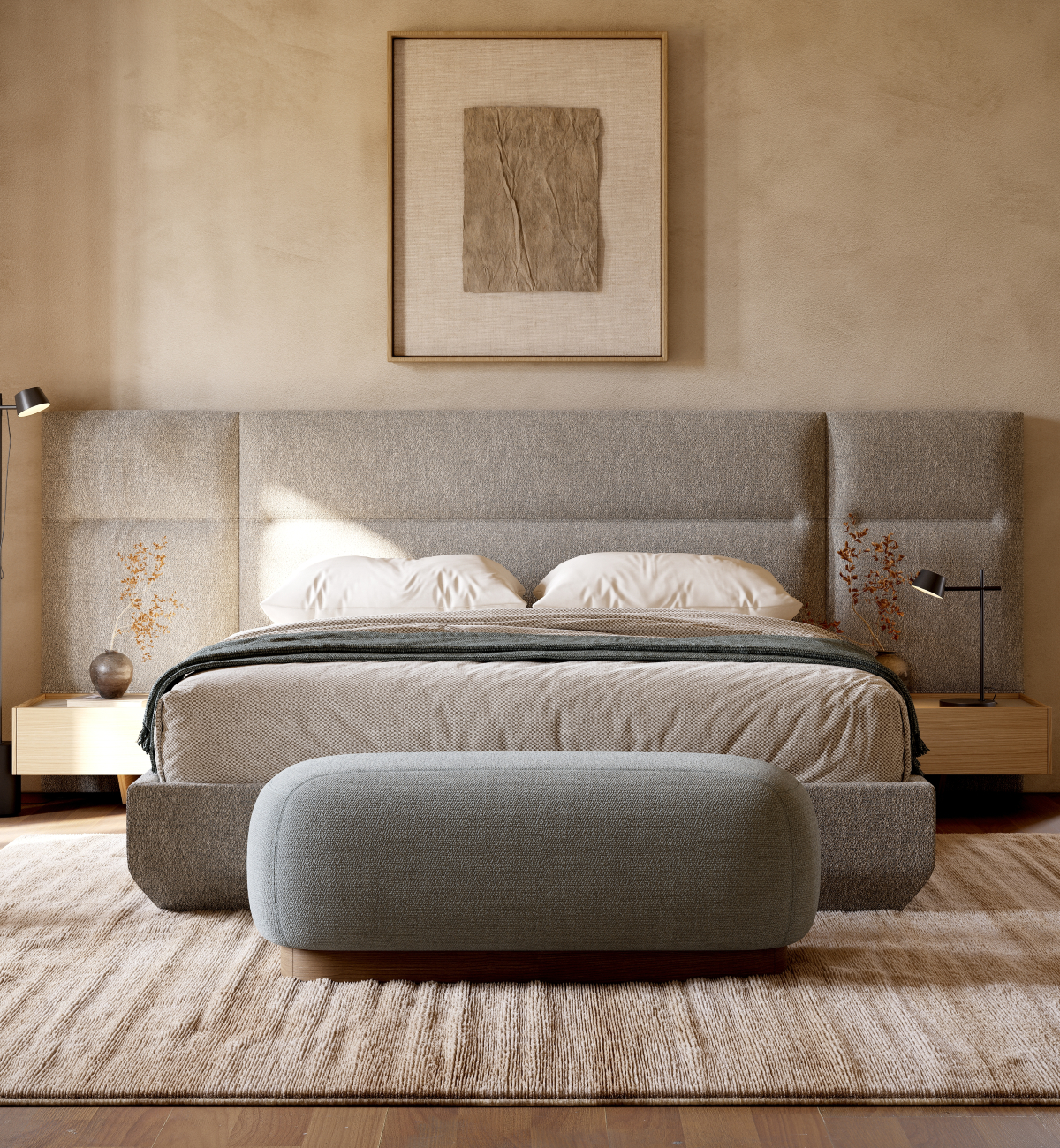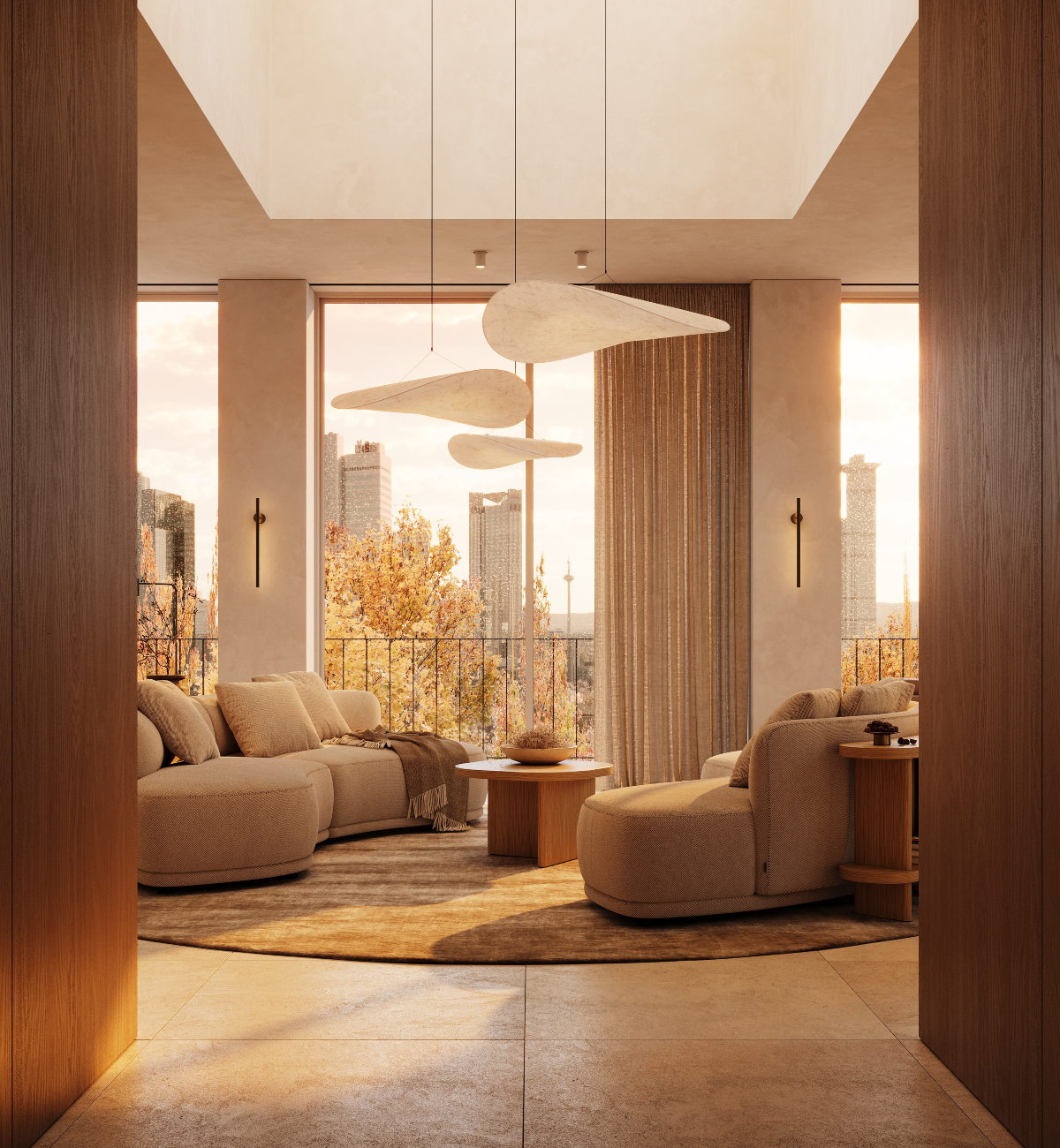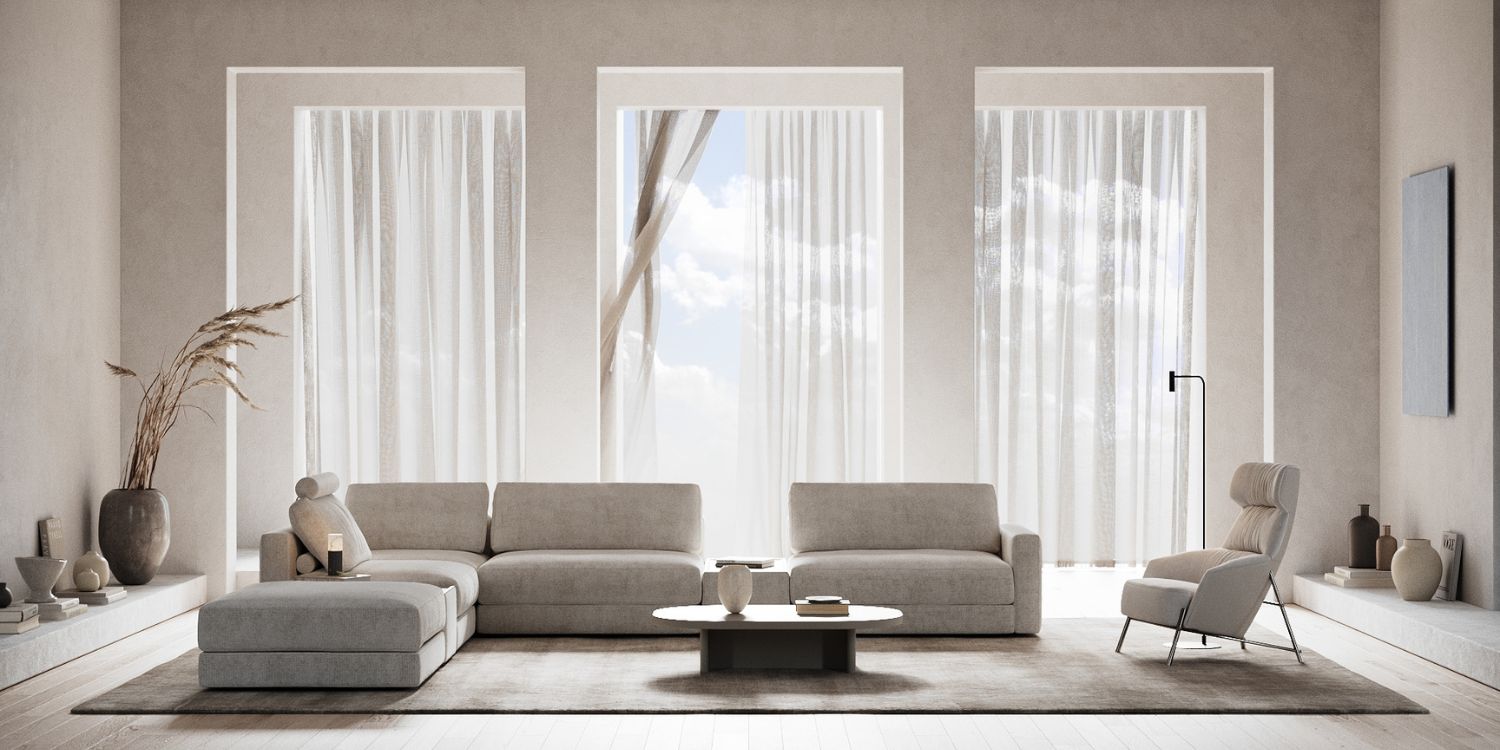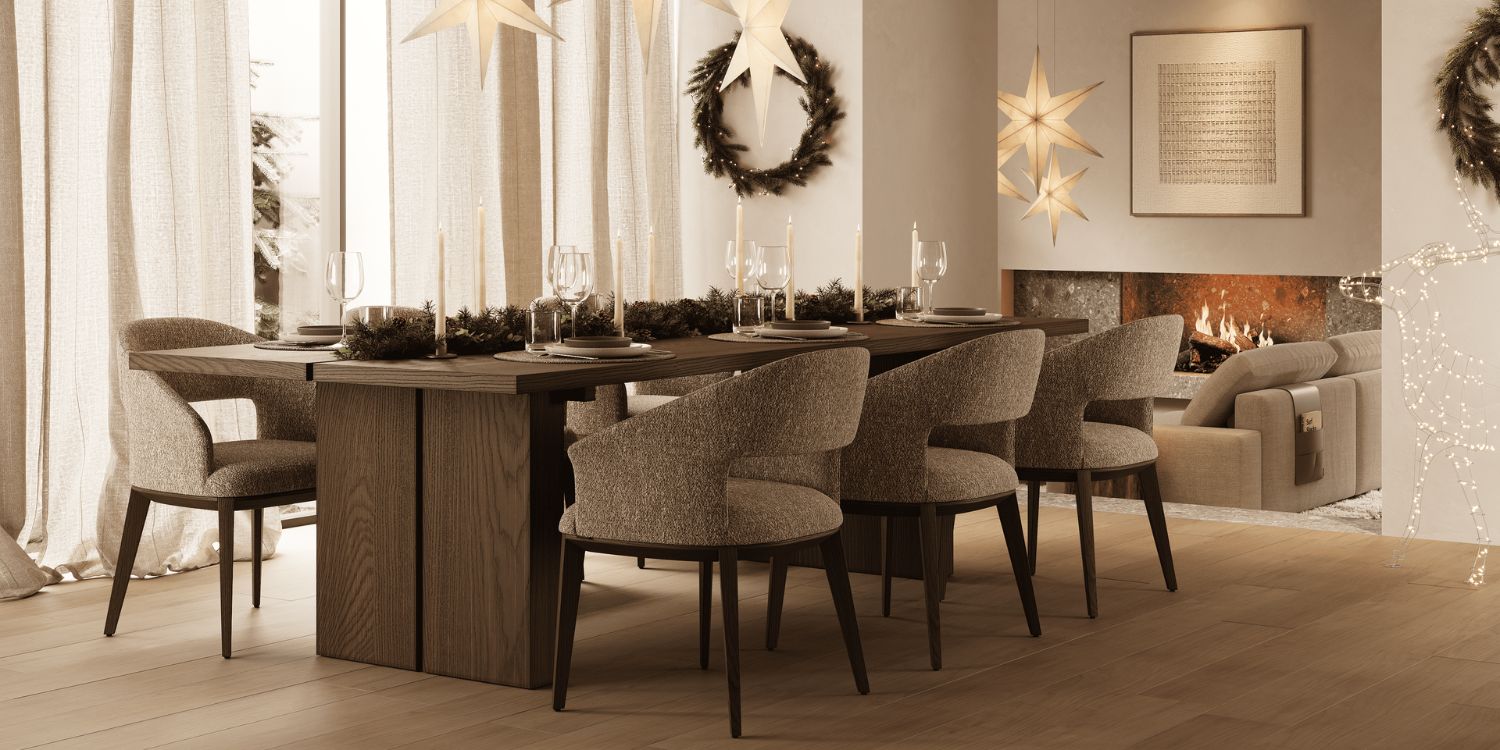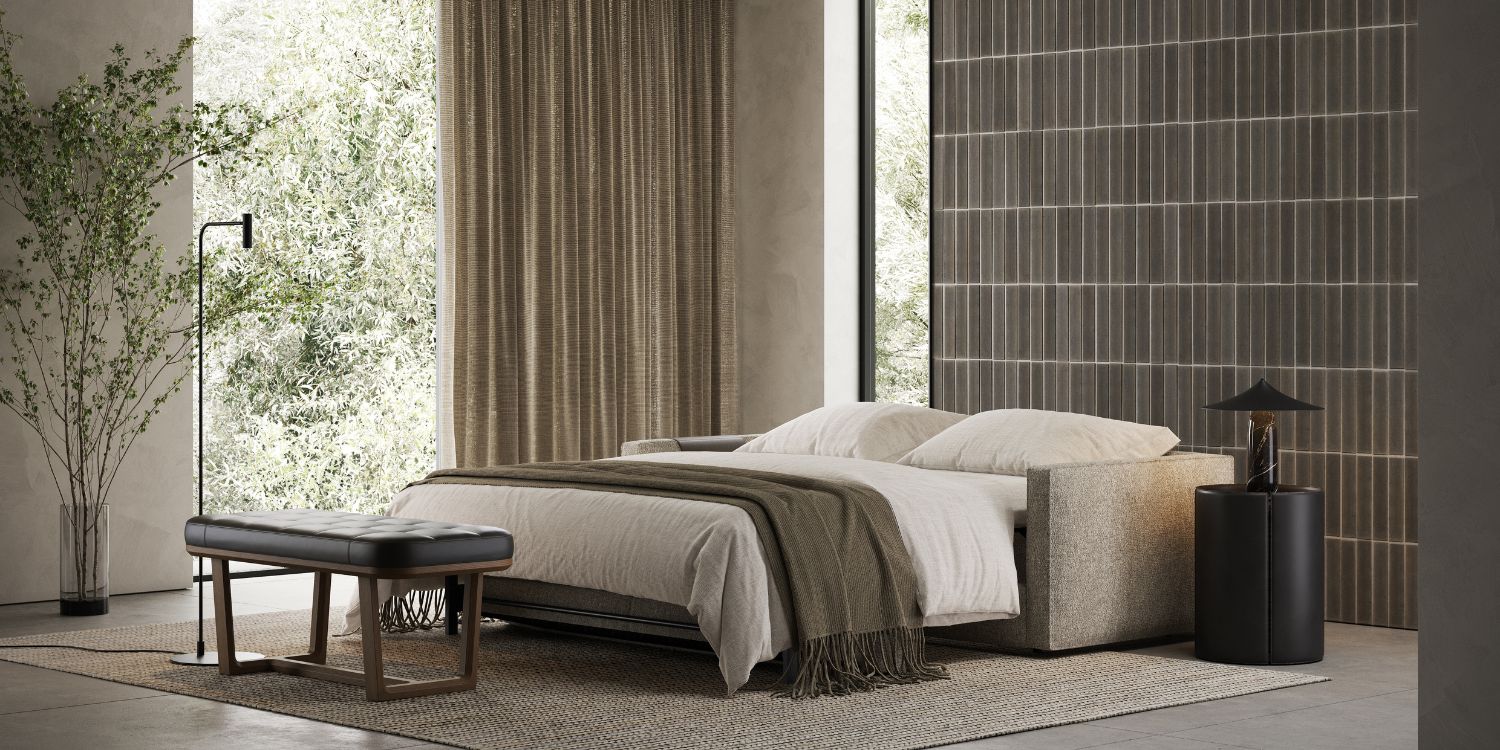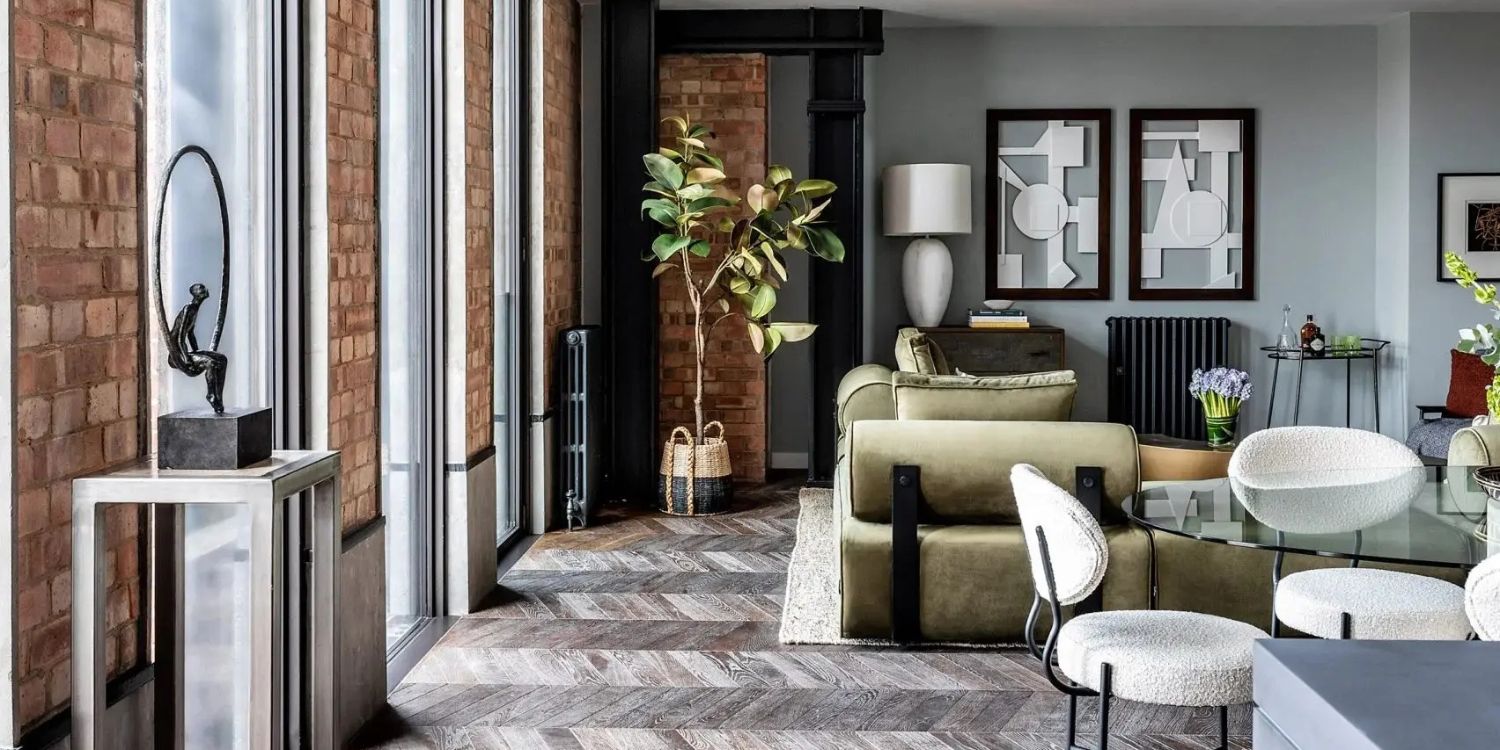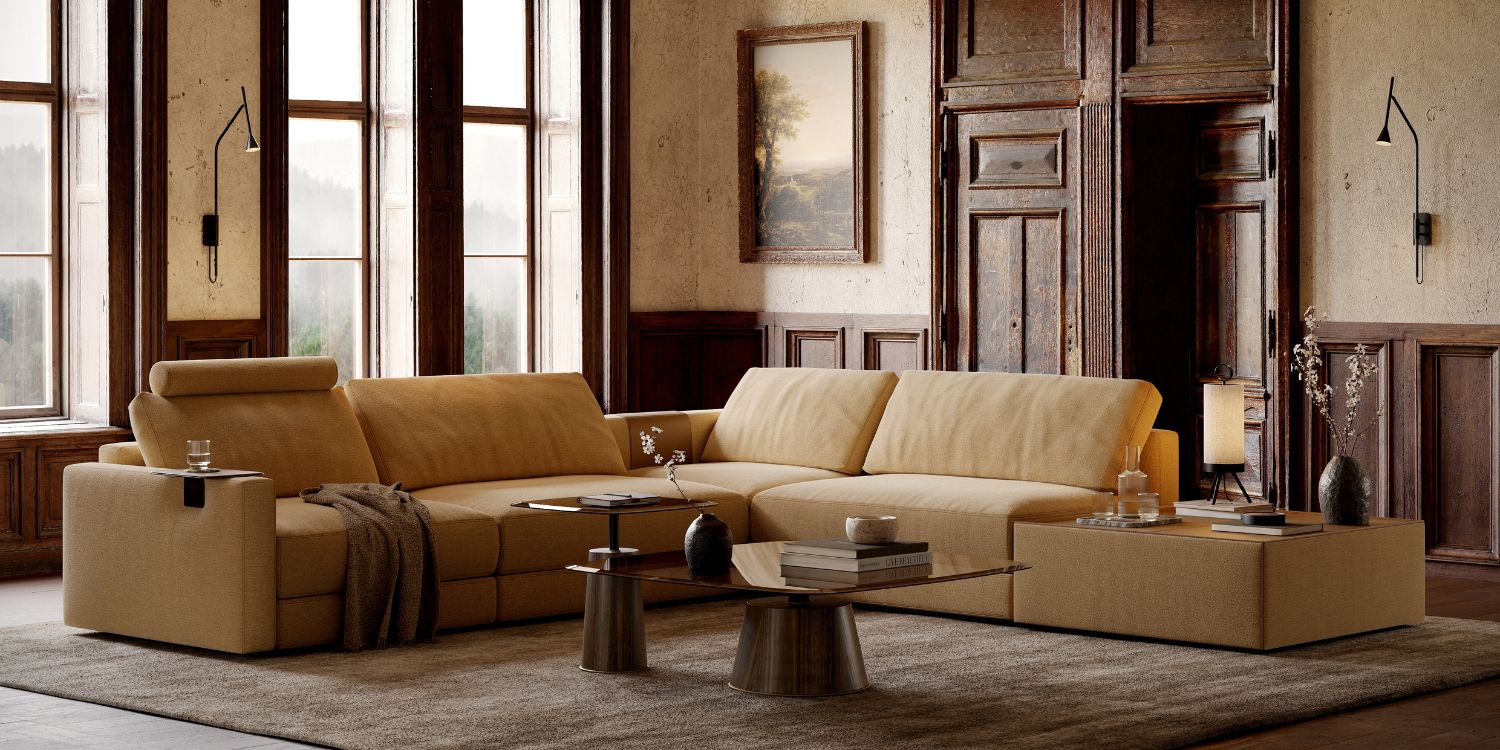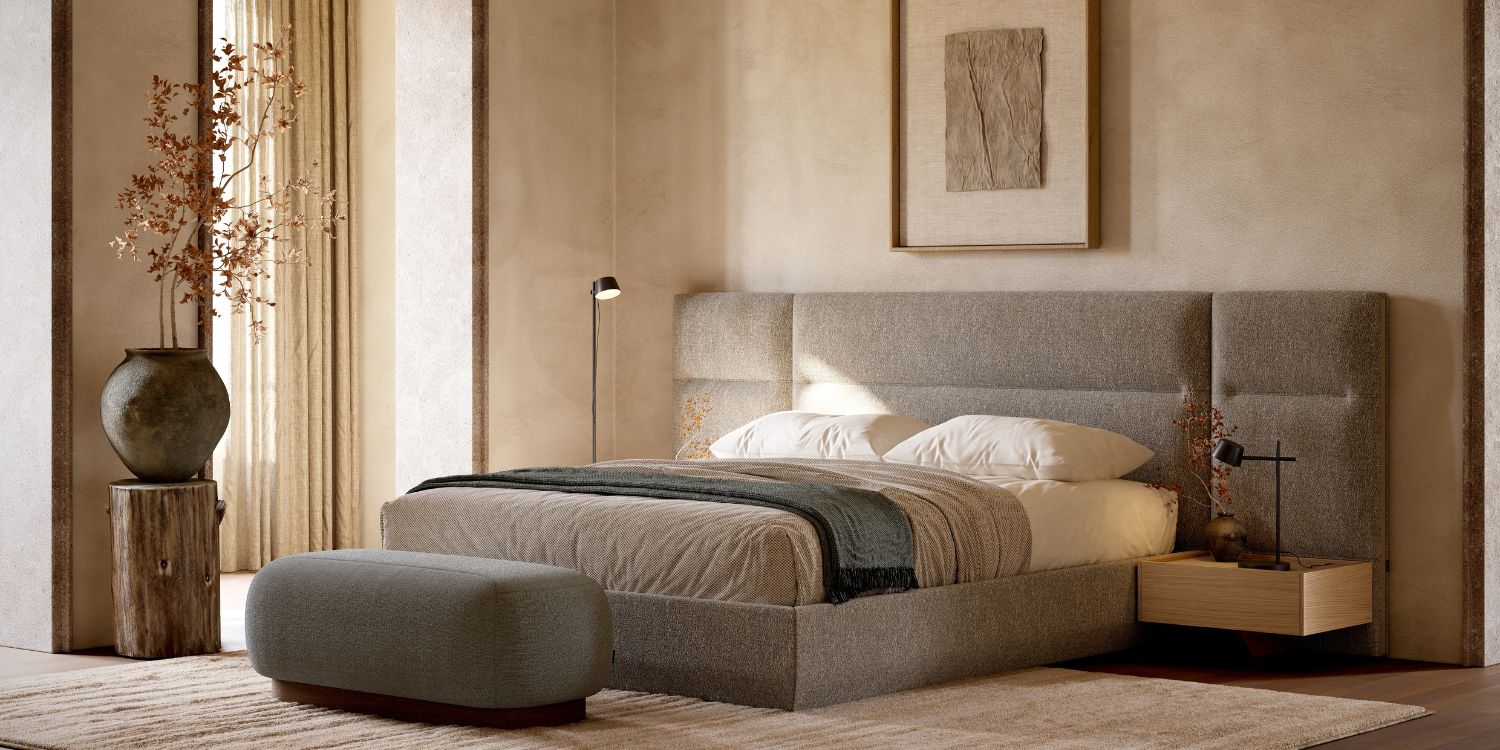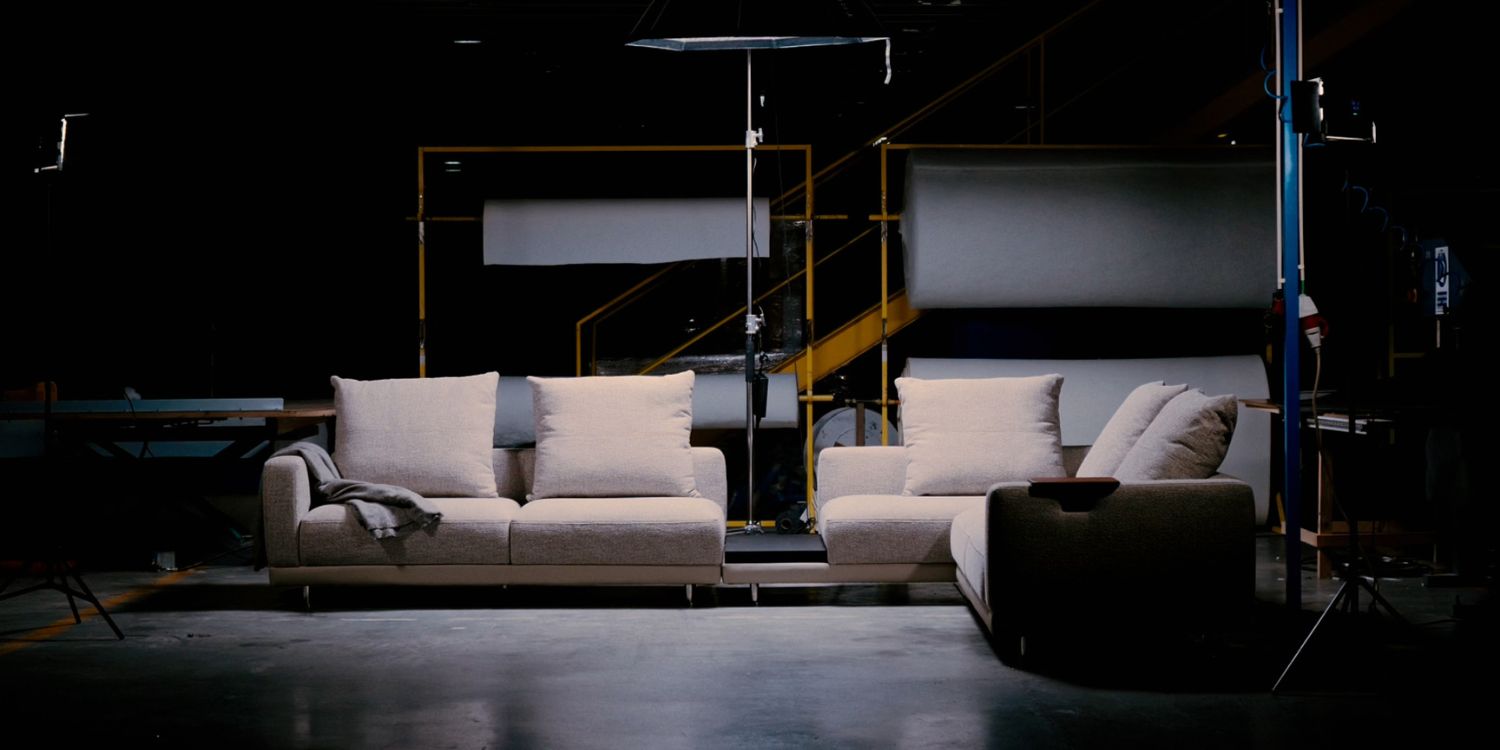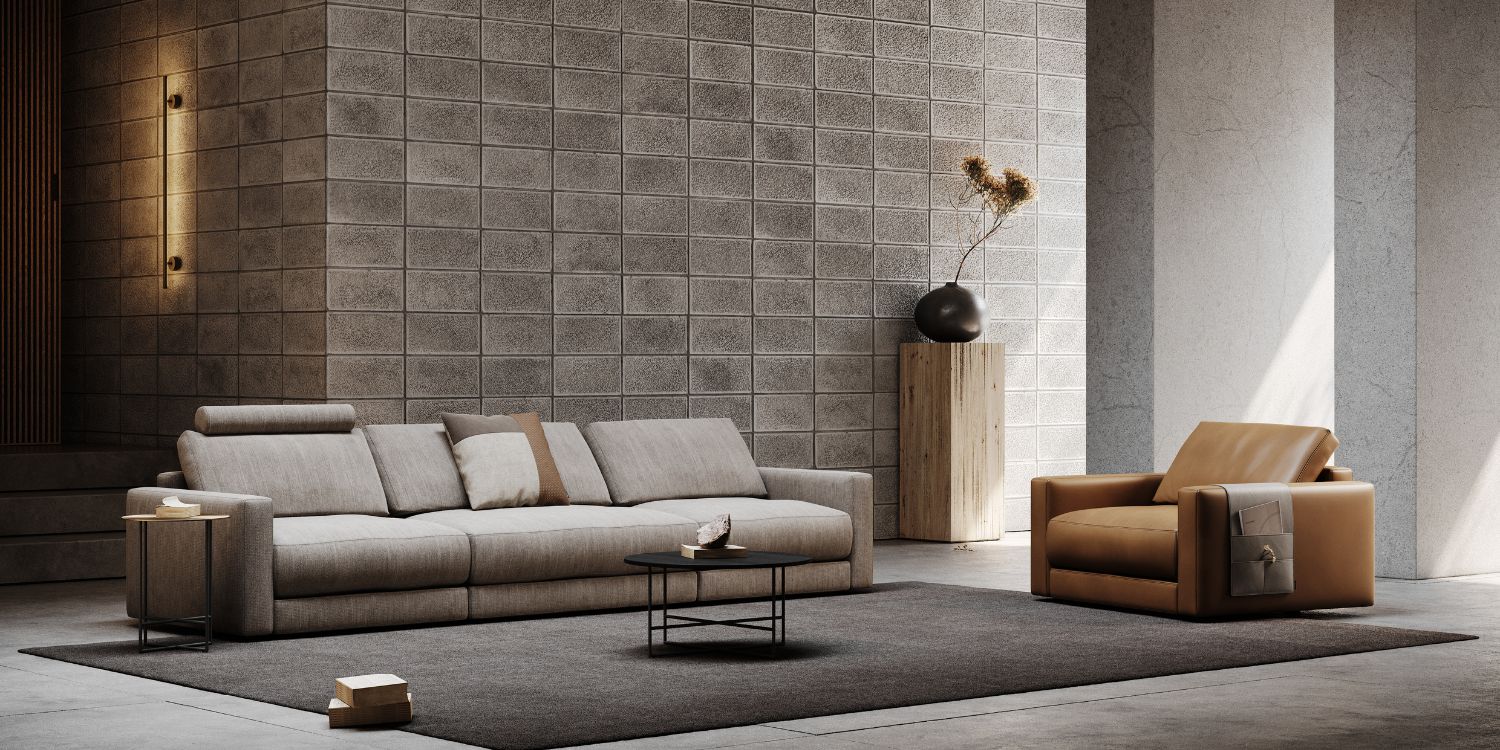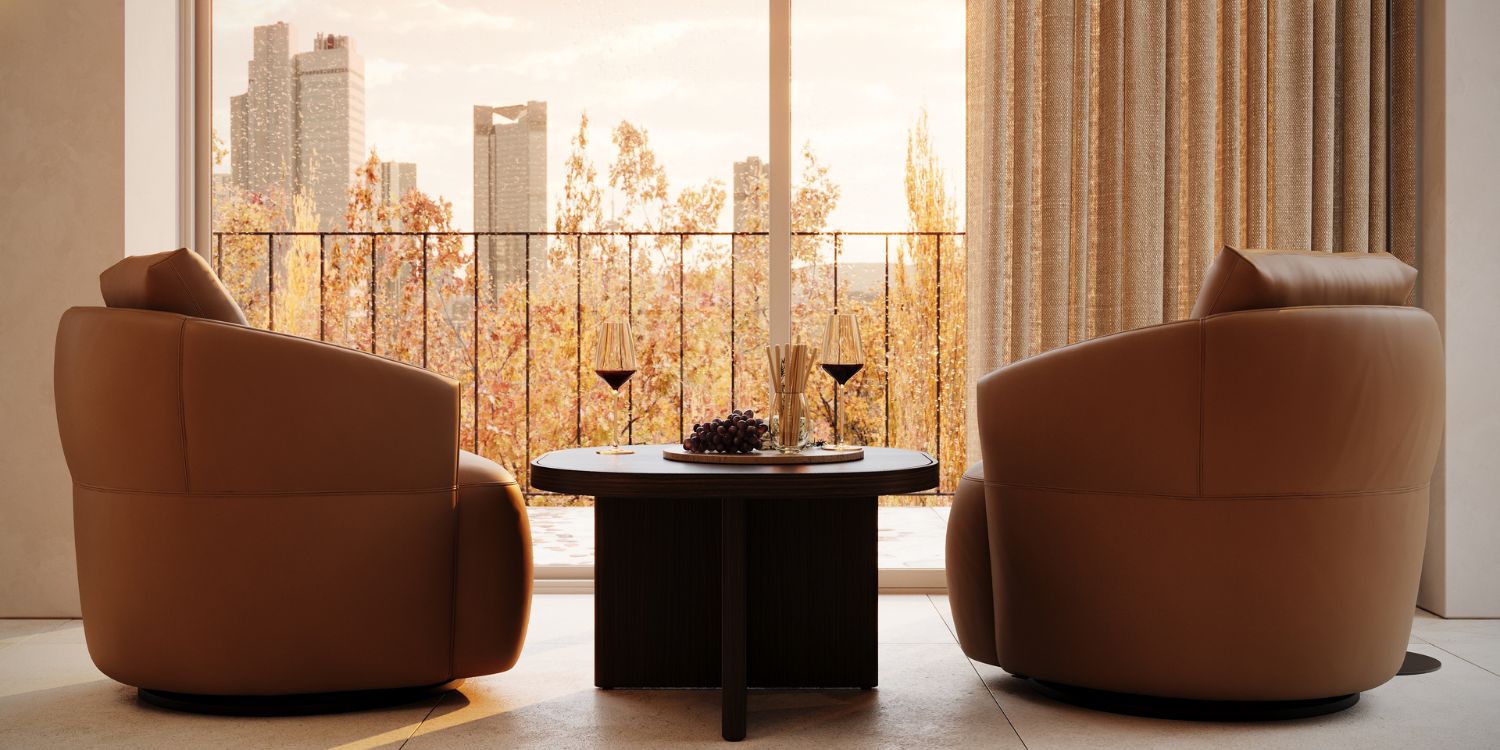In interior design, silence is just as meaningful as sound and space is just as important as objects. Yet in an era saturated with décor, colour and visual “stuff”, negative space often becomes an underused design tool.
For many interior designers and architects, the instinct is to solve a client’s request by adding: adding storage, adding accents, adding details, adding “solutions”. But some of the most sophisticated interiors in contemporary design come from subtracting rather than adding – allowing volumes of empty space to carry intention, rhythm and clarity.
Negative space, simply put, is the area around and between objects. It’s the pause between notes, the margin that makes the page readable, the breath that creates calm. When used with precision, it amplifies scale, balances busy elements, improves circulation, highlights craftsmanship and sets a room’s emotional tone.
And here’s why it matters now more than ever:
Clients crave clarity. Interiors that feel quiet, curated, slow and intentional are becoming essential, not only aesthetically but also psychologically. Negative space helps designers respond to this shift by designing atmospheres that feel effortless, high-end and deeply liveable.
1. Negative Space Establishes Visual Hierarchy
Interior design is storytelling. When everything calls attention to itself, nothing stands out.
Strategic negative space helps direct the eye toward the elements that matter most – whether it’s a sculptural armchair, a statement lighting piece or the architectural lines of a space.
Practical cue: Look for places where your eyes “trip”. That’s where negative space is missing.
2. It Allows Form and Materials to Shine
High-quality materials and strong silhouettes don’t require competition. They require breathing room.
Allowing space around a beautiful sofa, an organic dining table or a textured wall finish lets the design speak. Negative space is the difference between showcasing craftsmanship and hiding it.
3. It Improves Function and Circulation
A room can look stunning but feel uncomfortable if its circulation is cramped. Negative space ensures that movement flows effortlessly.
Especially in hospitality, open-plan living or compact urban spaces, subtracting clutter allows the architecture to guide the experience.
Assess:
- Routes between entries
- Distances between seating
- Access around dining chairs
- Flow around beds
If movement feels tight – even slightly – expand the negative space.
4. It Enhances Comfort and Reduces Cognitive Load
Research in environmental psychology shows that humans need visual breaks to stay relaxed and focused. Too much sensory information increases stress and reduces comfort – even if the décor is beautiful.
Negative space creates:
- Quiet moments
- Predictable rhythms
- Opportunities for emotional rest
- A sense of order and spaciousness
It’s one of the best tools for crafting wellness-orientated interiors.
5. Negative Space Strengthens Composition
Balance is the backbone of interior design. Without negative space, a room becomes heavy and visually unbalanced. With it, you can create:
- Symmetry or intentional asymmetry
- Clear focal points
- Visual flow
- Sculptural volumes
- A sense of refinement
Great composition is a dance between what you place and what you leave untouched.
6. It Helps Deliver a Luxurious, High-End Feel
Luxury isn’t about excess; it’s about intention. Premium hotels, galleries and designer homes often feature expanses of negative space because it communicates confidence.
It signals:
“We curated only what matters.”
This quiet restraint is a signature of high-end design and clients feel it immediately.
Designing with negative space isn’t about minimalism; it’s about mastery. It gives your projects:
- Stronger focal points
- Better circulation
- More balanced compositions
- A feeling of luxury
- Emotional calm
- Clarity and purpose
For interior designers and architects, applying negative space is a simple shift with dramatic impact. It’s subtle, strategic and sophisticated. Once you learn to use it intentionally, your work gains a recognisable signature: refined, elegant and beautifully edited.
YOU MAY ALSO LIKE: Living Room Trends For 2026: A Designer’s Guide To What’s Next
We are working every day to bring you the most stylish ideas to fulfil your inspiration and to create the best interior design projects, so feel free to follow our Instagram Page and subscribe to our newsletter.




